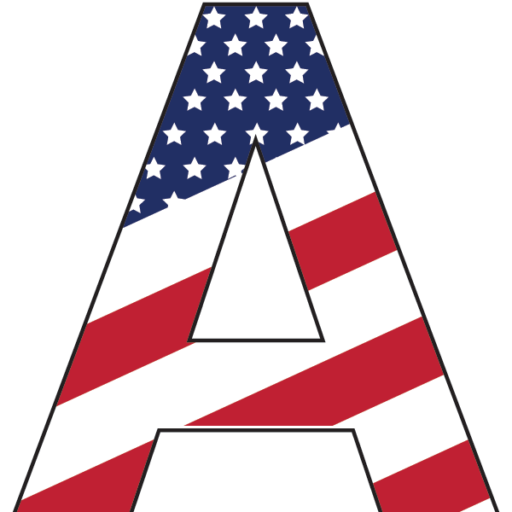Swing Set Safety Guidelines
We are committed to supplying safe swing products for children. Please review our swing set safety guidelines below.
Why we say that our swing seats are made for children only:
he design of the seats are for children. An adult using a swing seat designed for someone less than half their size, will only end in disaster – inevitably. We have certain swing seats that are designed for certain age groups in mind. The toddler swing seats (SKU# A1000 & A1700) are for age group 2-5 years old. The belt swing seats and the flat swing seats (SKU# A1600, A1800, A1900 etc.) are designed for ages 5-12.
Safety Features
In a lot of the products we have, there are safety features that the average user may miss, and that other swing seats simply do not have.
The rubber used in our seats is called “EDPM”. There are several reasons that this rubber is superior to the average “run-of-the-mill” rubber. One of the most common rubbers found in other swing seats is some form of a recycled rubber. Recycled rubber does not have a consistent chemical makeup and the strength and the rigidity of it will vary from swing to swing. EDPM is molecularly ubiquitous, each swing seat will be identical on a molecular level. Furthermore, the recycled rubber, or other similar types of rubber, are prone to cracking and the rubber deteriorating. EDPM holds in any weather, no matter how hot or cold.
Another important safety feature is the steel insert featured in some of the swing seats we sell. The steel inserts we use are rounded solid pieces of steel. This helps in the event that someone tries to vandalize the swing seat. In the event of vandalization of the swing seat we always recommend replacing the swing seat if there are visible signs of damage, however we understand that sometimes damage cannot be detected until it is too late. On normal swing seats with steel inserts, if you were to cut into the swing seat, it would leave an exposed piece of jagged steel. Having the rounded steel insert would help in that situation to not hurt children using the swing seat before it is replaced.
The triangular ends on some swing seats have been welded to improve structural integrity of the seat overall, and to make sure that a vandal does not pry off the seat from the playset or playground.
All seats that are sold are visually inspected before being sent out. If you are unsure whether or not a product is damaged or has been tampered with – please do not hesitate to contact us at 1(800)433-2573.
Safety Checklist:
The following are potential safety hazards for playground equipment and swing sets that should be checked:
- Visible cracks, bending, warping, rusting, or breakage of any school playground equipment component.
- Deformation of any swing set parts such as open hooks, shackles, rings, links etc.
- Worn hangers and chains on any of your swing sets.
- Missing, damaged, or loose swing seats or swing set parts; heavy seats with sharp edges or corners.
- Footings exposed, cracked, or loose in ground.
- Broken support/anchors.
- Protruding bolt ends that do not have smooth finished caps and covers.
- Accessible sharp edges or points on your school playground equipment.
- Broken or missing rails, steps, rungs, or seats.
- Chipped or peeling paint on any swing sets or playground equipment.
- Exposed ends of tubing that should be covered by plugs or caps.
- Surfacing material worn or scattered (in landing pits, etc.)
- Vandalism (broken glass, trash, etc.)
- Worn bearings or other parts, especially under swing sets, slides, etc.
- Pinch or crush point (exposed mechanisms, junctures of moving components, e.g.)
- Splintered, cracked, or deteriorated wood.
- On hard surfaces, loose bolts, nuts, etc.
- Poor drainage areas around playground equipment.
- Tripping hazards such as roots, rocks, or other environmental obstacles.
- Lack of lubrication on moving parts.
NOTE: Use only commercial playground parts for commercial and school playground equipment – not residential.
The Ten Things Every Good Park Supervisor Should Know
1. Make sure surfaces around playground equipment have at least 12 inches of wood chips, mulch, and, pea gravel or mats made of safety-tested rubber or rubber-like materials.
2. Check that protective surfacing extends at least 6 feet in all directions from play equipment. For swings, be sure surfacing extends, in back and front, twice the height of the suspending bar.
3. Make sure play structures more than 30 inches high are spaced at least 9 feet apart.
4. Check for dangerous hardware, like open “S” hooks or protruding bolt ends.
5. Make sure spaces that could trap children, such as openings in guardrails or between ladder rungs, measure less than 3.5 inches or more than 9 inches.
6. Check for sharp points or edges in equipment. Pay close attention to swing seats to assure metal inserts have not become exposed, leaving a sharp edge.
7. Look out for tripping hazards, like exposed concrete footings, tree stumps, rocks, shifting in equipment decks/transfer stations and possible exposed filter fabric barrier.
8. Make sure elevated surfaces, like platforms and ramps, have guardrails to prevent falls.
9. Check playgrounds regularly to see that equipment and surfacing are in good condition.
10. Carefully supervise children on playgrounds to make sure they are playing safely.

